To the northeast of Sudbury, a city built from rock, nickel, and wind-swept pine, lies the Franco-Ontarian farming community of Hanmer. Along the highway that stretches across the village stands an old farmhouse and a familiar curiosity: a statue of the Virgin Mary, about a metre tall.
She stands in beauty atop a grotto of pink granite, sheltered by rambling spruce, her hands clasped in graceful contemplation and white paint cracked on her impassive face. Saint Bernadette of Lourdes kneels before her, framed by an arc of rusted vine and empty lightbulb sockets that once cast a soft glow.
You may unsubscribe from any of our newsletters at any time.
As a small child, I would sit by the Virgin’s feet, undeterred by my parents’ warning that garter snakes hid within the grotto’s belly. I was moved by family stories of how she had once guarded a homeless man who sought refuge behind the grotto for a night. Amused that she was a call to abandon alcohol for a man who happened to drive by as my grandmother flicked on the lights that illuminated the statue; he drunkenly mistook the charge of blue electricity for an ethereal – and disapproving – apparition of the Holy Mother.
My grandmother built the grotto in the early 1950s, but she would not say why. Only that it was the fulfillment of a promise.
In her silence, stories took root. “I have two theories,” my mother would say over the years. “Her desire to bear children. Or my brother’s illness.”
In the name of Bella Bourgeault, née Isabelle Marie Louise Patry, lay the seeds of our story. Bella did not know it, but she was the descendant of a daughter of Acadie, one of six generations of daughters named Isabelle. Recent genealogical research, led by my mother, revealed this bloodline and traced it to violent events of Canadian history.
Bella inherited the oral histories, real and imagined, of the Grand Dérangement from her grandmothers. The Great Upheaval of 1755 saw the expulsion of about 10,000 Acadians by the British from Acadia, today the provinces of New Brunswick, Nova Scotia and Prince Edward Island.
More on Broadview: The forgotten victims of a century-old pandemic
“The unborn ripped from women’s bellies, the blare of bagpipes as Acadians were marched onto boats,” Bella told my mother. Although her telling was inconsistent with history, the trauma of generations was evident in her stories.
What is rooted in fact: Acadian women torn from their men. Farms and homes burned to the ground. The hunt and murders of those who made daring escapes from the British, some finding refuge among the Mi’kmaq, also the targets of the Empire’s brutal violence. The scattering of families across the 13 original American British colonies, the Caribbean and Europe. Indentured labour, the tragedy of shipwrecks, the spectre of death and disease, and the often cruel social exclusion that followed Acadians into exile.
Like many devout Catholics, Acadians found solace in the Virgin Mary, a figure of grace and compassion who might allow them to mend roots broken by the Grand Dérangement. Named the patron saint of Acadians during their first national convention in 1881, the Virgin would one day be incarnated in the beloved Stella Maris, the bright yellow star that graces the blue band of their storied flag, offering divine direction back to Acadia’s shores.
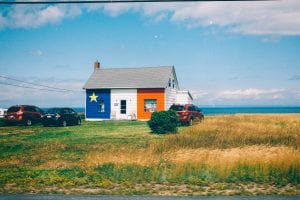
Many of those who were deported did return – some by foot, others by boat, taking decades to arrive in Quebec, Ontario and places in between. By then, Acadia existed only in their memories and hearts. But in the darkness, a spark of light, an affirmation that they would survive: a new generation born after the return from exile.
It was after this return that my grandmother’s name was introduced into family tradition, and also, perhaps, her deep reverence of the Virgin. Isabelle Forêt, her great-great grandmother, was born in 1788, the first child of Acadian refugees who had made their return from a perilous exile in Boston. There began a long line of Isabelles. Her son would name his daughter Isabelle in tribute. She would give birth to a daughter, Isabelle Corana (Anna). Anna would birth my grandmother, Isabelle (Bella) Marie Louise. Me: Isabelle Alicia. And my niece, Adelaine Isabelle, named for generations of Acadian grandmothers.
A nearly unbroken line of Isabelles, their name rooted in the hopes and survival of a previous generation. All of them in a journey that spans freedom in Acadie, exile in Boston, and reclaimed freedom into the unknowns of a new country. All of them, searching – perhaps without their knowledge – for their Stella Maris.
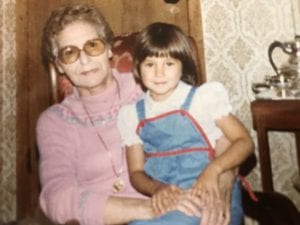
Faced with death and infertility, I imagine Bella finding refuge in a promise to the Virgin.
Three years later, Bella would indeed bear children. The first of 11, in fact. Eight daughters and three sons. All healthy babies but one: Raymond. The sickly boy suffered from the grand mal, the “great evil,” a name that French Canadians gave to epileptic seizures in the 1940s. But Bella breathed a heavy sigh of relief after Raymond’s seizures mysteriously stopped when he turned five.
A few years after her struggles with infertility, Bella’s grotto was unveiled to great fanfare in the community. The congregation gathered in the shadow of Bella’s impressive farmhouse, “a school,” they quipped, built to accommodate my grandparents’ growing brood. No one knew what had inspired Bella to build the monument to the Virgin. And she would not say.
Only that it was a promise.
Bella died four days after my sixth birthday. On the day we buried her, my mother gave me one of the white porcelain statuettes of the Virgin Mary from a funeral bouquet, searing Bella’s loss in my memory and seeding a lifelong fascination with the Virgin. And now, a reminder of our family’s story, a call home to Acadie by my Stella Maris.
Broadview is an award-winning progressive Christian magazine, featuring stories about spirituality, justice and ethical living. For more of our content, subscribe to the magazine today.

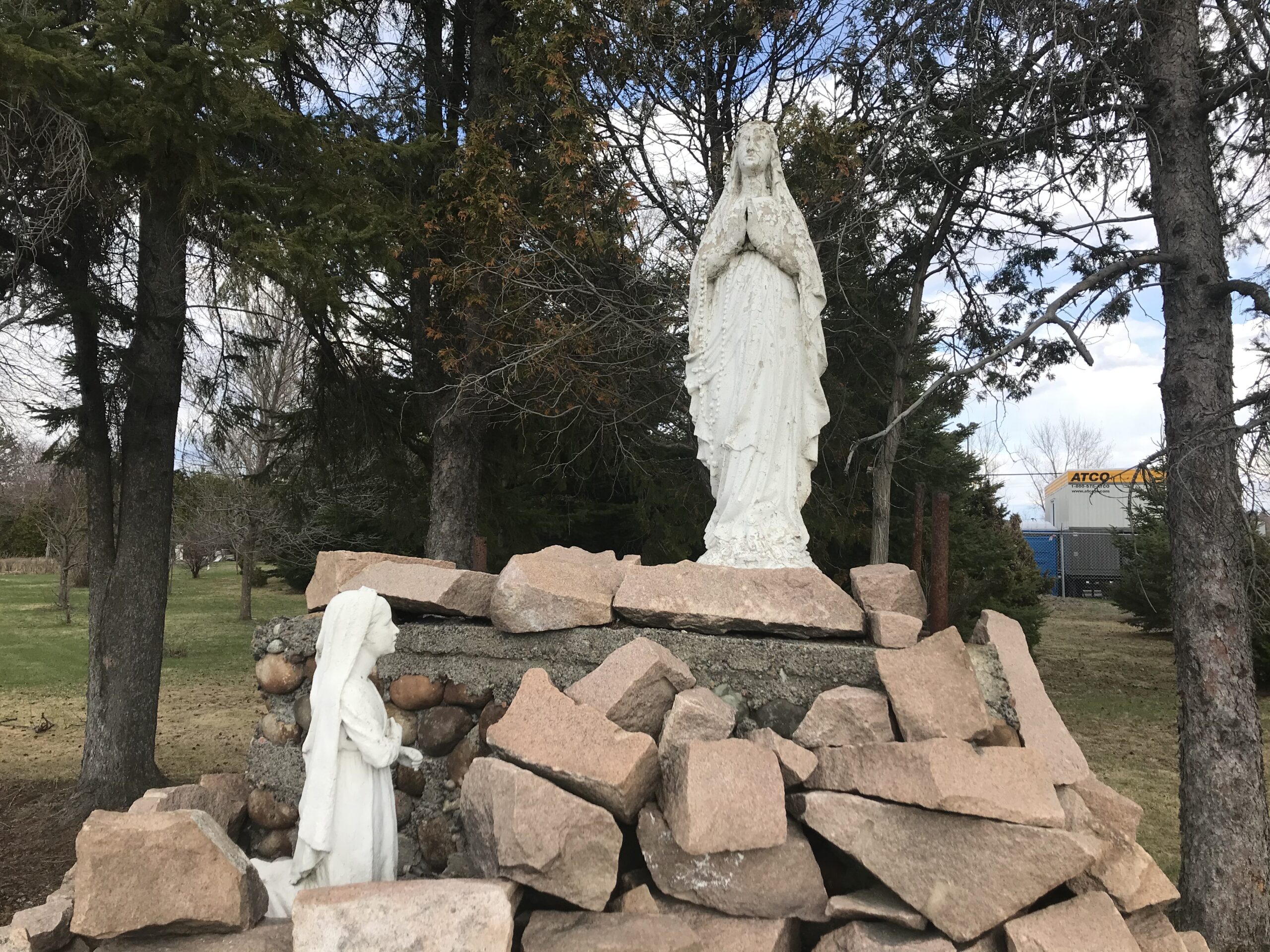








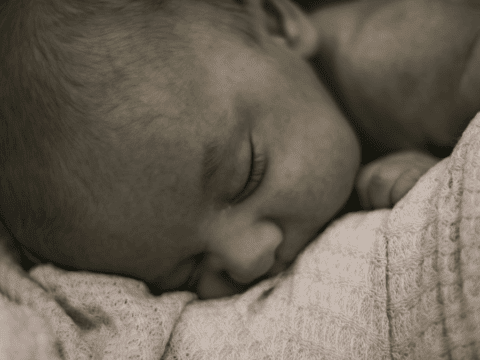
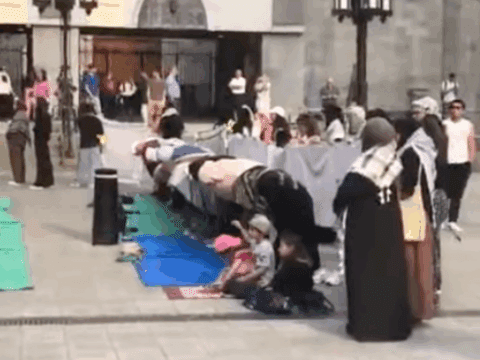



“to Quebec, Ontario and places in between” — just where would that be???
Very heartwarming, I loved it.
Beautiful story. My mother had a strong belief in the Virgin Mary and would often offer a “neuvaine” of prayers for being granted her requests. My ancestors go back to the first Acadian settlers and I’m very proud to consider myself an Acadian.
I am Acadian and like many of my family do not speak French. I too found out about our Acadian heritage from the Virgin. My mother told me stories of her father always praying to the Virgin and holding womankind in great esteem. When I saw the French flag with a yellow star upon it and after a friend from PEI telling me even though I was an English I had the heart of an Acadian my search began. My search ended with one of the First LaTour from the first Acadians in Main. My biggest find was how many native mothers I have in my heritage. Peace.